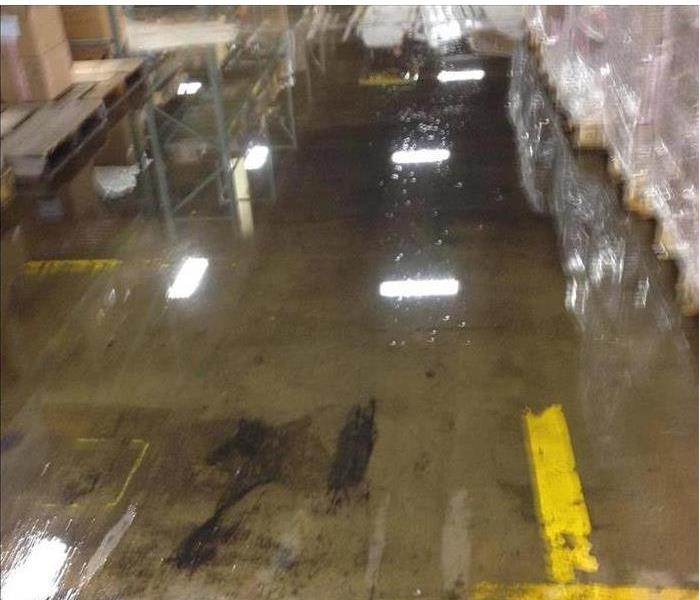How to Reduce Property Damage from Flooding
7/26/2017 (Permalink)
Were you affected by the recent flooding? Be prepared with these tips.
BUILD WITH WATER-RESISTANT MATERIALS
Water-resistant materials can withstand direct contact with floodwaters for at least 72 hours without being significantly damaged and sustaining little more than low cost or cosmetic repair, such as re-painting.
DRY FLOOD-PROOF YOUR PROPERTY
- Dry flood proofing protects the building by “sealing” the building so flood waters can’t enter:
- Applying a waterproof coating or membrane to exterior walls.
- Installing watertight shields over all openings, including windows and doors.
- Anchoring the building to resist flotation.
- Strengthening walls to withstand flood water pressures and flood debris.
- Install a sump pump and foundation drain system.
ADD A WATERPROOF VENEER TO EXTERIOR WALLS
Protect your property from shallow flooding by adding a waterproof veneer, a brick backed by a waterproof membrane is one example, and sealing all the openings.
RAISE ELECTRICAL SYSTEM COMPONENTS
Raising electrical system components above the anticipated flood level will help prevent damage to the electrical system and helps avoid the potential for fire from short circuits in flooded systems. All components should be raised at least 1 ft. above the 100-year flood level.
ANCHOR FUEL TANKS
Unanchored fuel tanks outside your property can damage your building or be swept downstream, damaging other properties. The supply line to an unanchored tank in your basement can tear free and fuel can contaminate your basement. Make sure that fuel tanks are properly anchored.
RAISE OR FLOODPROOF HVAC EQUIPMENT
Floodwaters can extensively damage heating, ventilation, and cooling (HVAC) equipment. The extent of the damage depends upon the depth of flooding and how long the equipment is underwater. A good way to protect the HVAC equipment is to move it to an upper floor or build a flood proof wall around the equipment.
INSTALL SEWER BACKFLOW VALVES
Flooding in some areas can cause sewage from sanitary sewer lines to back up through drain pipes. Backflow valves are designed to block drainpipes temporarily and prevent return flow into the house.
PROTECT WELLS FROM CONTAMINATION BY FLOODING
Floodwater that enters a well can contaminate it and make the water unsafe to drink. A licensed well drilling contractor can inspect your well and suggest improvements.






 24/7 Emergency Service
24/7 Emergency Service
